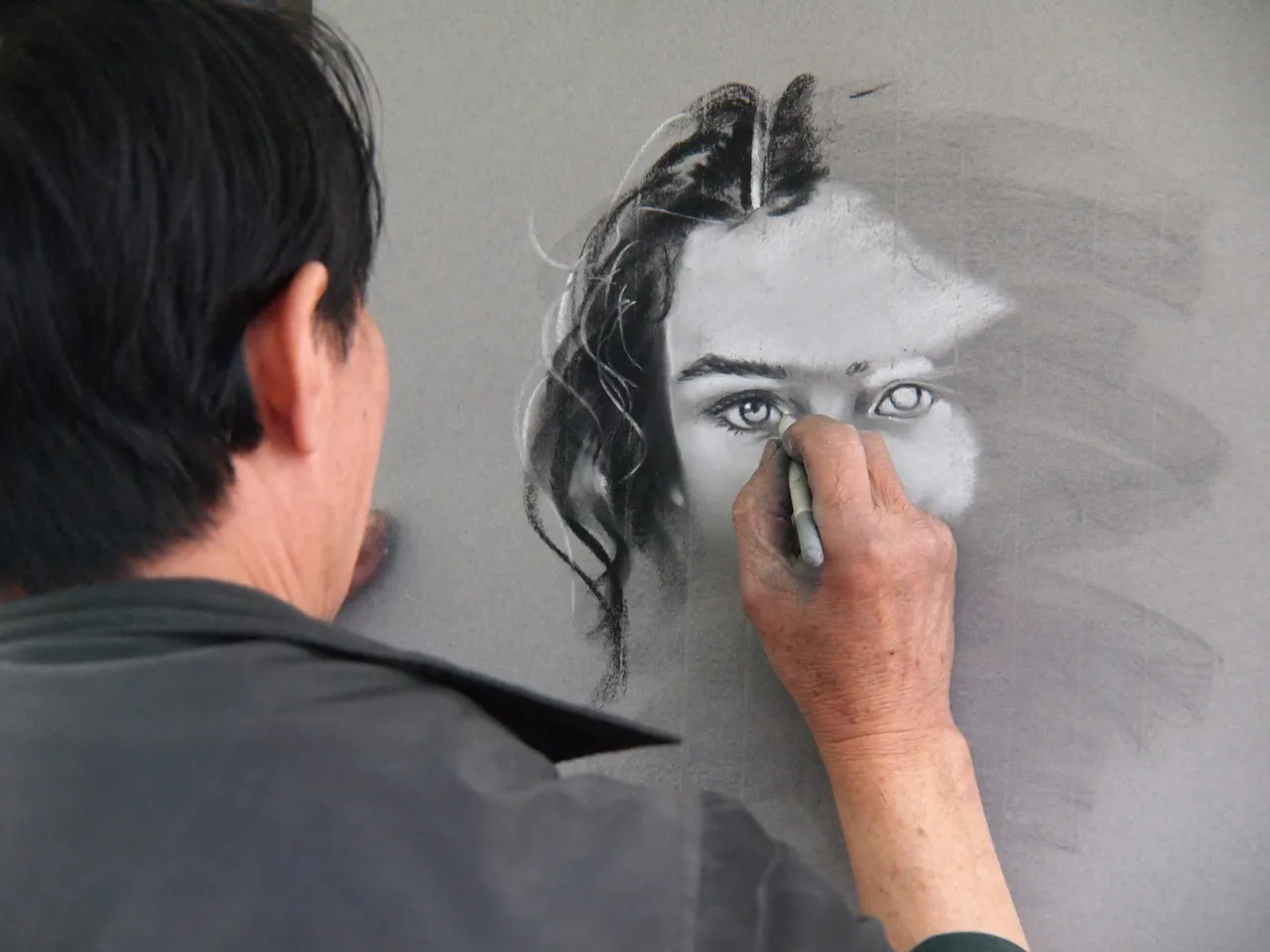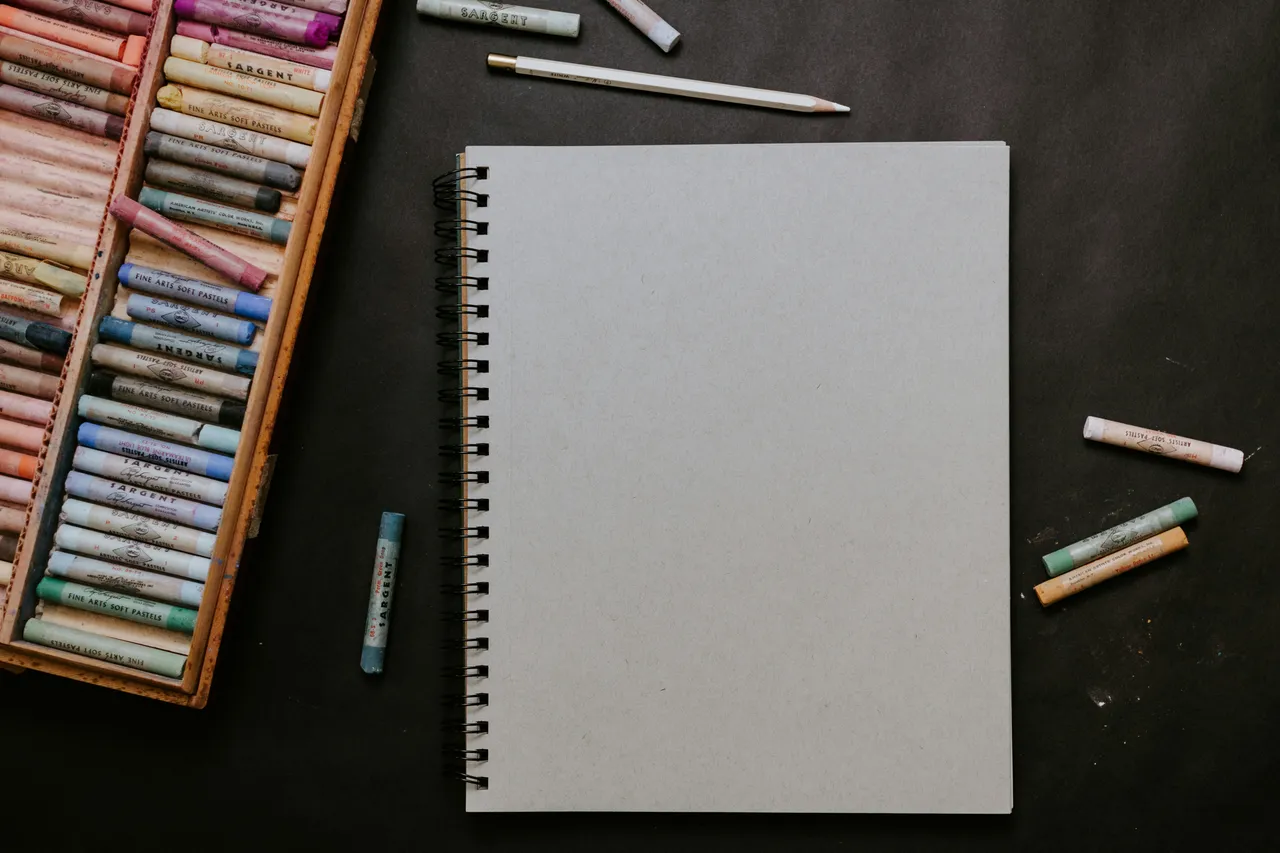
Image info
Collaborative Art: The Role of Community in Sustainable Practices
Art has a unique ability to bring people together, creating a sense of community. For example, a recent mural project in a local neighborhood not only beautified the area but also united residents in a shared creative process, highlighting how art can address community issues. Collaborative art has become an important movement, emphasizing collective creativity to tackle pressing issues like sustainability. By bringing together individuals from different backgrounds, collaborative art enriches the creative process and promotes eco-friendly practices that benefit our planet. This article explores how community involvement in collaborative art can lead to sustainable practices.
Understanding Collaborative Art
Collaborative art is when multiple individuals work together to create artistic works. This approach emphasizes shared expression, where each participant contributes their unique perspective and skills. Collaborative art fosters connections among artists and community members, creating a vibrant mix of ideas and creativity.
In a world focused on individualism, collaborative art reminds us of the strength found in unity. It encourages participants to work together, share resources, and support one another, leading to a more sustainable and inclusive artistic practice.
The Intersection of Art and Sustainability
Collaborative art practices play an important role in promoting environmental sustainability. Artists are using their platforms to raise awareness about ecological issues and inspire action within their communities. By integrating sustainable materials and methods into their work, collaborative art initiatives can significantly reduce their environmental impact.
For example, many artists are now using recycled or upcycled materials in their projects, transforming waste into beautiful works of art. This not only minimizes waste but also encourages community members to rethink their consumption habits and embrace sustainability. Projects like community murals or installations made from repurposed materials serve as powerful reminders of how creativity can drive positive change. For more insights on sustainable art practices, visit East End Arts.
Community Engagement through Collaborative Art
Community involvement is at the heart of collaborative art initiatives. By engaging local residents in the creative process, artists can foster a sense of ownership and pride in their work. This involvement strengthens community ties and encourages individuals to take an active role in promoting sustainability.
Collaborative art projects often bring together diverse groups, including artists, environmentalists, and community members. This approach allows for the exchange of ideas and perspectives, leading to innovative solutions for environmental challenges. For instance, community gardens that incorporate art installations can serve as gathering spaces for education and dialogue about sustainable practices.
Specific Examples of Community Engagement
One notable example is the "Art in the Park" initiative, where local artists collaborated with residents to create sculptures from recycled materials. This project not only beautified the park but also educated participants about the importance of recycling and environmental stewardship. Another example is the "Mural Project," which brought together residents to create a mural reflecting their shared history and aspirations, fostering a sense of belonging and community pride.
Transformational Impact of Collaborative Art
The impact of collaborative art extends beyond the immediate artistic outcome. By participating in these initiatives, individuals often experience personal growth and enhanced well-being. Collaborative art can serve as a therapeutic outlet, allowing participants to express their emotions and connect with others on a deeper level.
Communities engaged in collaborative art projects report increased social cohesion and a greater sense of belonging. These projects create opportunities for dialogue and understanding, helping to bridge divides and foster collaboration. As individuals come together to create, they not only produce art but also build relationships that can lead to lasting change.
Eco-Art and Sustainable Practices
Eco-Art is a type of collaborative art that focuses on promoting environmental sustainability. This approach encourages artists to use eco-friendly materials and practices in their work, emphasizing the importance of environmental responsibility.
Artists involved in Eco-Art often collaborate with local communities to create projects that raise awareness about environmental issues. For example, a community art project might involve creating sculptures from natural materials or organizing workshops on sustainable art practices. By engaging participants in hands-on activities, Eco-Art fosters a deeper connection to the environment and encourages individuals to adopt sustainable practices in their daily lives.
Educational Aspects of Collaborative Art
Education plays a vital role in fostering sustainable practices through collaborative art. Many initiatives include workshops and interactive projects that teach participants about sustainability and environmental responsibility. These educational components empower individuals to make informed choices and take action within their communities.
For instance, workshops on upcycling can teach participants how to transform everyday items into art, reducing waste and promoting creativity. Organizations like Art for the Earth offer resources and workshops for individuals interested in learning how to integrate sustainability into their artistic practices. By providing practical skills and knowledge, collaborative art initiatives can inspire individuals to embrace sustainability in their own lives.
Conclusion
Collaborative art serves as a powerful tool for community engagement and sustainability. By bringing individuals together to create, these initiatives foster connections, promote eco-friendly practices, and enhance overall well-being. As we face pressing environmental challenges, the role of community in collaborative art becomes increasingly important.
Engaging in collaborative art enriches our creative experiences and empowers us to take action for a more sustainable future. Consider joining a collaborative art project in your community. Together, we can make a difference and create a more sustainable world through the power of art.
This article was developed using available sources and analyses through an automated process. We strive to provide accurate information, but it might contain mistakes. If you have any feedback, we'll gladly take it into account! Learn more

